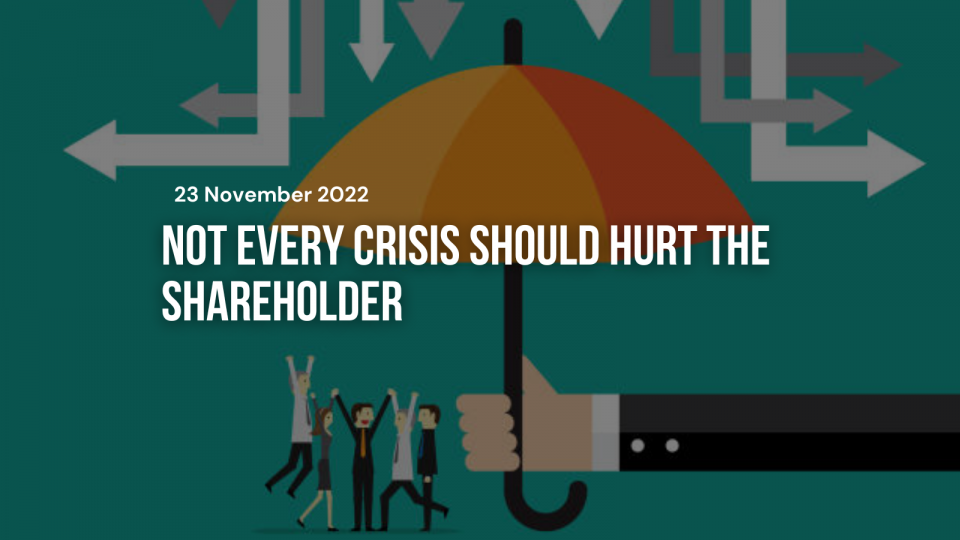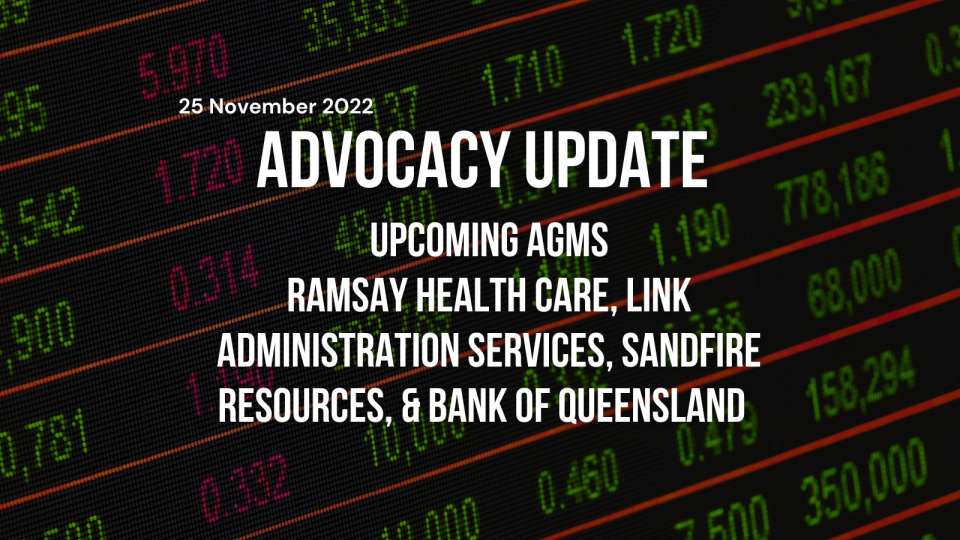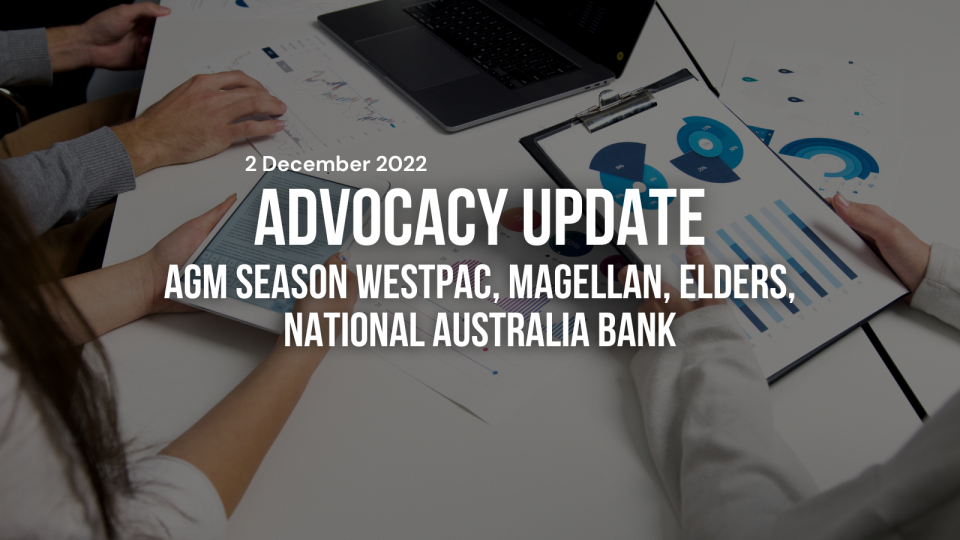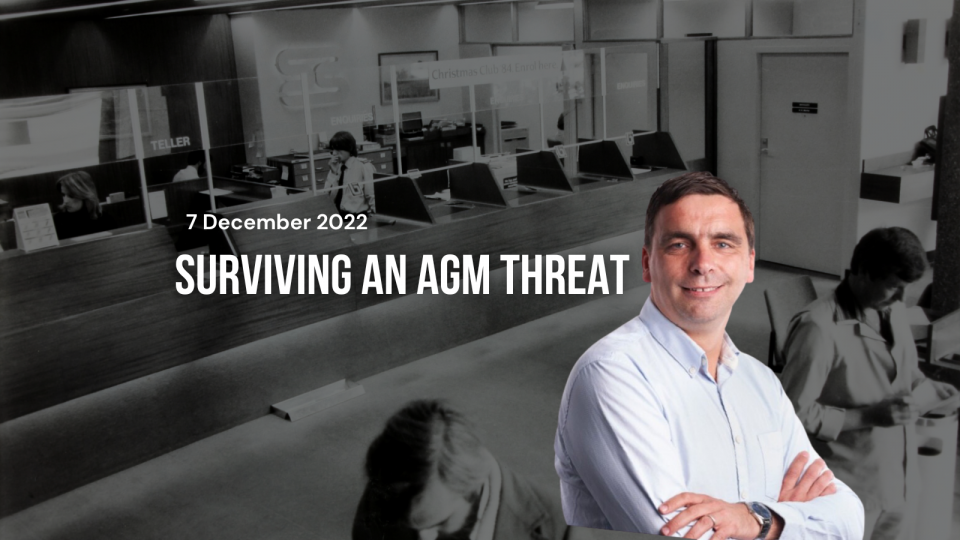
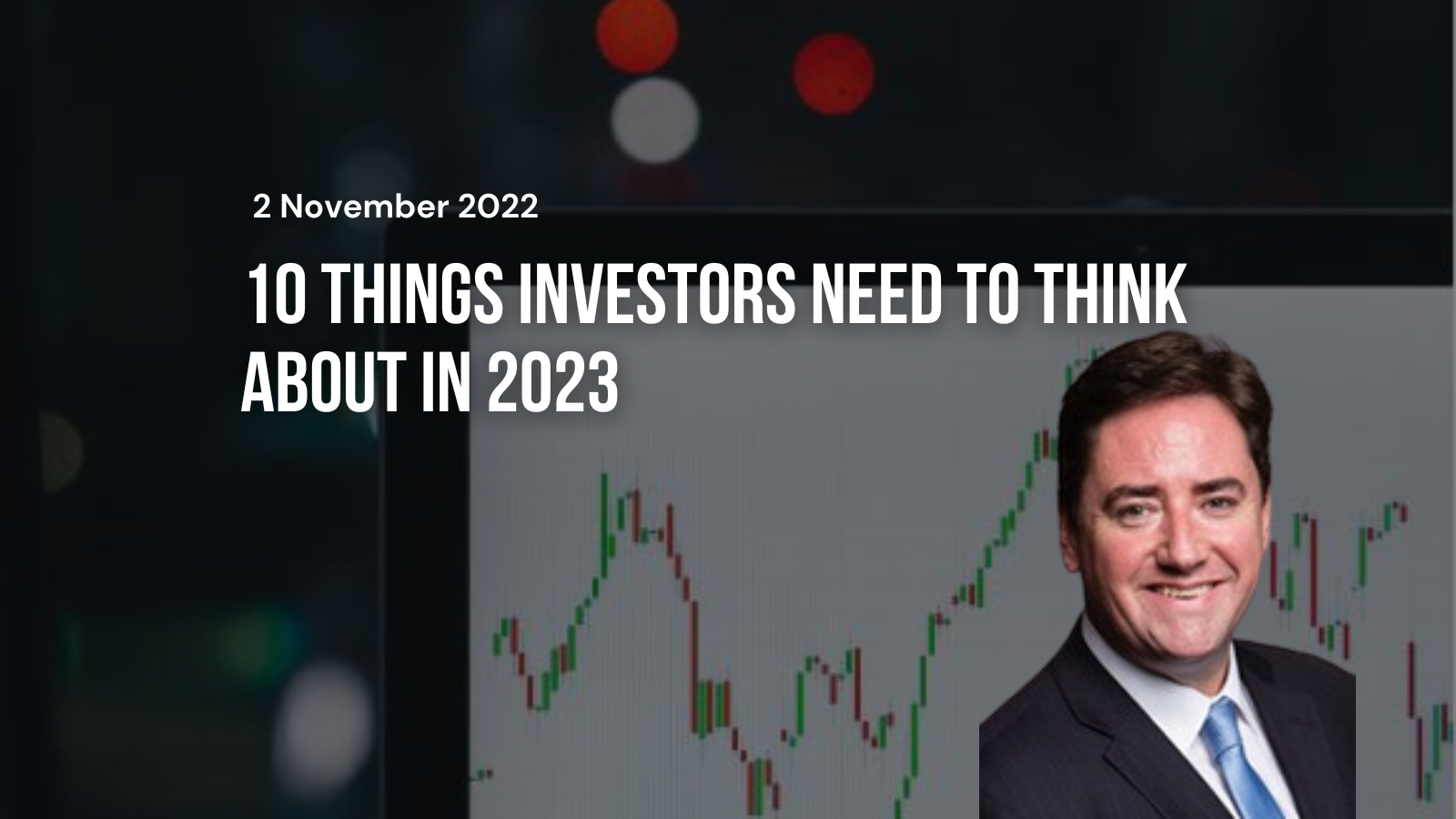
By James Holt, Perpetual
2 November 2022
1. The risk of policy error is extremely high
Liz Truss assumed office on 6 September 2022. Just two weeks later a mis-judged mini budget set off a crisis in markets, sinking the pound and UK gilts and sending banks and pension funds to the edge of a financial crisis. After just weeks in office her finance minister was gone and she was staring at oblivion. The UK Daily Star recently began a competition to see whether she could outlast a fresh lettuce. She didn’t. It was an awful reminder of how quickly policy risks can rebound on markets and even governments. As we head into 2023 central banks are tightening policy at breakneck speed to contain inflation. In the dozen or so tightening cycles of the US Fed since the 1960s only three have resulted in soft landings (1965, 1984 and 1997). Most of the time, the Fed has caused a recession. They aren’t great odds. Not one a patient would want from their doctor! Whilst there has been a substantial correction in equities in 2022 there could still be more to come if recession strikes and corporate earnings are downgraded. In Australia the RBA had to tighten two years earlier than promised. Policymakers are human like the rest of us and we have to take this into account.
2. “Recession is coming”
Just as winter is always coming in Game of Thrones the talk of “recession is coming” is being loudly proclaimed. Even if Australia (or the rest of the world) doesn’t meet the official criteria of recession in 2023 it will probably feel like one as high inflation, rising interest rates, falling house prices and energy shortages all take their toll. The good news is that markets almost always bottom before recessions hit. The market is always looking through recession to the inevitable recovery by 6-12 months. Much of it could have already been priced in. There’s no point trying to pick the exact bottom, just like no one can ever pick the exact top of markets. JFKs father Joe Kennedy, a self made stock millionaire once said that “only a fool holds out for top dollar”. The same could be said for the bottom. Trying to pick it if a fools errand. Whether any downturn next year is big or small is more the point. We were due a 2001 style “corporate recession” when covid hit. The next housing bust is arguably not due until 2025-27 (18 years after 2007-9). Given we usually have recession every 7-10 years this is a recession we didn’t have to have, to paraphrase P J Keating. A rising fear amongst central banks is that we are entering a period of “stop – start” economic growth, much like the 1970s when recessions occurred in 1969, 1973, 1978 and 1981, averaging every 3 years as policy oscillated between reflation and tightening. More frequent recessions and volatility might be unwelcome, but might become a reality this decade.
3. Some inflation will persist
Almost every month in the UK market punters predict peak inflation only to be “surprised” by a rebound in headline inflation or rise in core inflation. Psychologically markets have been conditioned or “anchored” to a world for decades in which inflation has been held in check by globalisation. But globalisation is in trouble as trade wars and actual wars constrict the global trading system. Decarbonisation, whilst a laudable goal, also risks raising prices on anything with carbon in it. Ageing global populations raised the prospect of higher inflation is the growing ranks of retirees consume more than they produce. In the near term higher inflation has sparked a series of wages claims that risk a second round effect whilst soaring rents and now the latest driver of higher core inflation in the US. Rising “inflation expectations” can become self-fulfilling and are being closely watched by central banks. And just as energy prices fall OPEC steps in to constrain supply….our inflation worries are far from over. Some equities (like energy and resources) thrive in this environment whilst high P/E growth stocks are punished.
4. The bond vigilantes are back
Reminiscent of the strife that faced Liz Truss, between late 1993 and late 1994 the US 10 year bond yield surged by 3% as markets became concerned about the size of US debt. The “1994 bond crisis” forced US President Bill Clinton to make efforts to reduce the US budget deficit. Clinton adviser James Carville, marveling at the power of the bond market to force policy change, said that rather than be reincarnated as a president, pope or baseball hitter he would rather come back as the bond market because “You can intimidate everybody”. Truss could have been just the first to face the market vigilantes as bond markets worry about decades of profligacy and soaring debt colliding with sharply rising interest rates. Its not just the direction of bond yields but the speed at which they have risen that is causing concern. Rates haven’t risen this far and this far for decades and certainly not in a period of infinitely greater market complexity. Its not just an academic concern as rising rates have been transmitted directly to mortgage owners with the US 30 year fixed mortgage rate as which most homeowners borrow hitting 20 year highs. Where and when the vigilantes strike next is anyone’s guess.
5. It’s a bad time to be a zombie company
Companies that don’t earn money – and / or have too much debt – are able to flourish during times of low interest rates, stimulatory policy and high risk appetites, fueled by popular memes and trendy themes. However as interest rates soar to multi-year highs, central banks tighten like crazy and market volatility rises it’s not a good time to be a so-called “zombie company”, which keep operating even though their fundamentals are dead. We exclude hundreds of companies in Australia from investment consideration that cannot pay their interest bill at least 3x over or that have no prospect of recurring earnings. Whilst this means we occasionally miss some opportunities – we couldn’t own any BNPL stocks for example – it keeps us out of a lot of trouble during times of financial stress. There will always be attractive, undervalued, overlooked companies to invest into. As Mark Twain would say the “return on our money” (in quality, unvalued and often “boring” businesses like insurance) is far more important for our clients than worrying about the “return of our money” in risky and uncertain speculative businesses.
6. Risk of a crisis rising
Investors should always be prepared for a crisis during periods like this. Emerging markets have always provided fertile ground, including Mexico, Latin America, the Asian Financial Crisis in 1997. Sri Lanka is troubled. However the recent UK troubles shows developed economies are not immune. Whole sectors are also vulnerable (banks in 2007 and tech companies in 2001). Its usually impossible to predict where the trouble will emanate from. It generally starts somewhere completely different to the last crisis. There is a lot of focus on erratic movements in bonds and currencies, with the UK pound recently at 1985 lows and the yen at 1998 lows versus the US dollar. The US dollar is near record highs, although this in itself may help precipitate a crisis as countries short dollars or with US debt struggle to repay or service loans.
7. Geopolitical surprises
Disruptive inflation, covid blame-shifting, rising unrest, political turnover, a war in Ukraine and sabre rattling over Taiwan have all been reminders of the return of geopolitical tensions. Whilst there is a lot of focus on the potential for a conflict over Taiwan, the reality is more complex. Taiwan Semiconductor (TSMC), arguably the most important company in the world, needs real time interface with other global players in order to produce their cutting edge microchips that power everything from cars to phones and medical equipment. Any military conflict would severely disrupt production which is 55% of global supply. More likely any tensions over Taiwan will fall short of an outright conflict. Russia presents a more near and present danger to geopolitical stability. The war is live and its not going well for Russia. An increasingly desperate Putin is opening speculating about going nuclear to fend of challenges all around him. Gold has performed poorly so far. Partly this is due to US dollar strength. But this may be about to change as real risks in the global system rise.
8. Best stocks for protection?
In this environment its always good for investors to have an eye to quality and defensive positions for protection against unpriced risk. Companies with pricing power, their own infrastructure, real assets and licences are especially valuable. IAG has been out of favour for some time. But the oligopolistic nature of insurers (there are just two major players) and pricing power (insurance premiums are on the rise) are in their favour. Rising interest rates help insurers since their investment books generate better returns. Brambles is the biggest logistics business in the world. La Francaise de Jeux is literally a monopoly which operates Frances national lottery. Newcrest is Australia’s lead gold miner. Its shares have halved since 2019 and now trade at a material discount to global peers.
9. Best stocks for recovery?
Even if we do experience an economic downturn next year, markets see them coming and often bottom and recover ahead of the recession. Additionally we see the the various factors described above as creating critical shortages in various resource industries which increases their allure in the medium to longer term. With low energy capital expenditure we believe gas rich Santos is undervalued and has multiple options for unlocking hidden value from its various energy properties to boost cashflow and dividends. This rise of EVs along with the reliance on key suppliers creates other opportunities. Iluka Resources, already a dominant player in rutile and zircon, was recently given a $1.5 billion non-recourse loan by the Australian government to develop a rare earths refinery at Eneabba in Western Australia as Western governments worry about the reliance on China for global supply. Whilst Australian listed Jervois is on track to become the only cobalt miner in the US as it seeks to become a reliable supplier of cobalt amid concerns about reliability of supply from elsewhere in the world. And whilst house prices are under stress, much of this is already reflected in the market with high quality developer Mirvac trading at a 30% discount to book value.
10. And remember….
There is always risk being in the markets. Volatility, recession and crisis can unnerve even the most hardened of investors. But it is also worth remembering that far more money has been lost over time by not being in the markets. Equities, property and bonds might go up and down – and cash never goes down – but no other asset class is left behind as often as cash, which is why it comes last in the long run. This has never been more important than now, with inflation eating away at hard earned savings.


